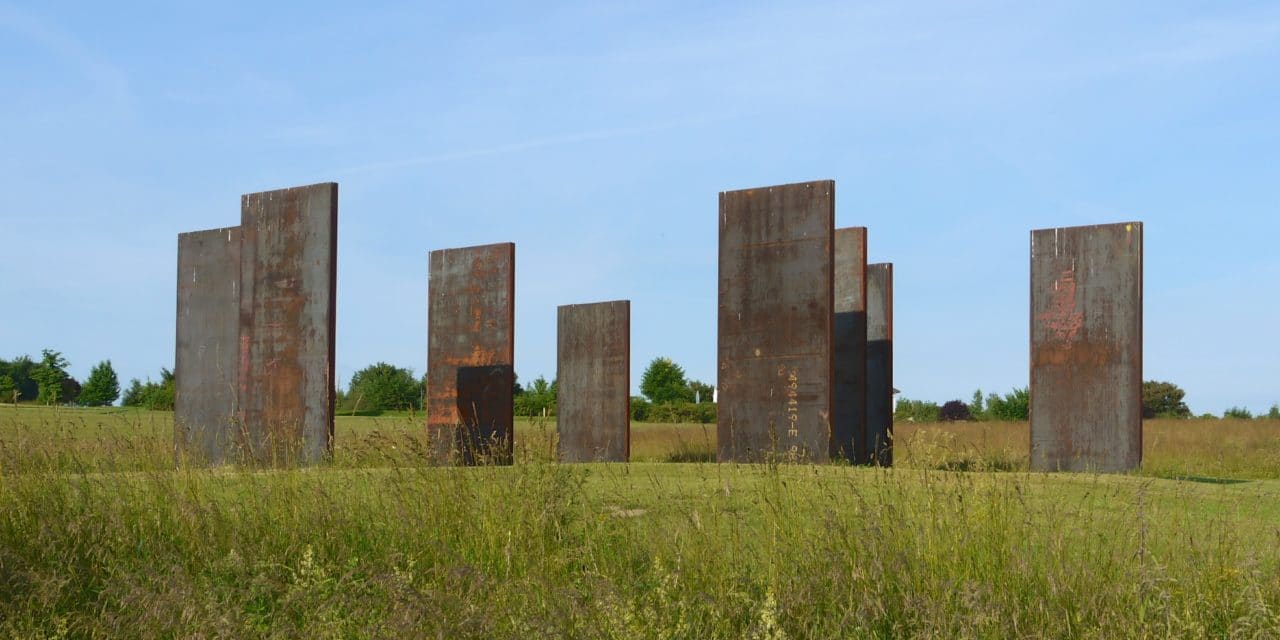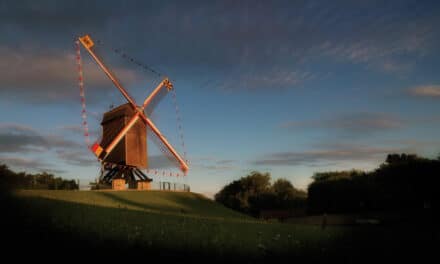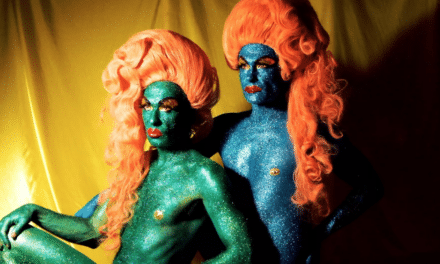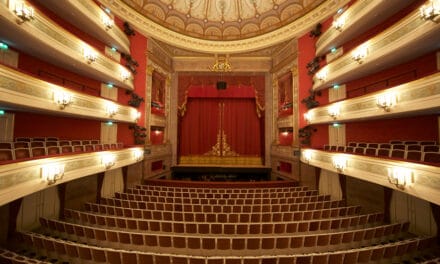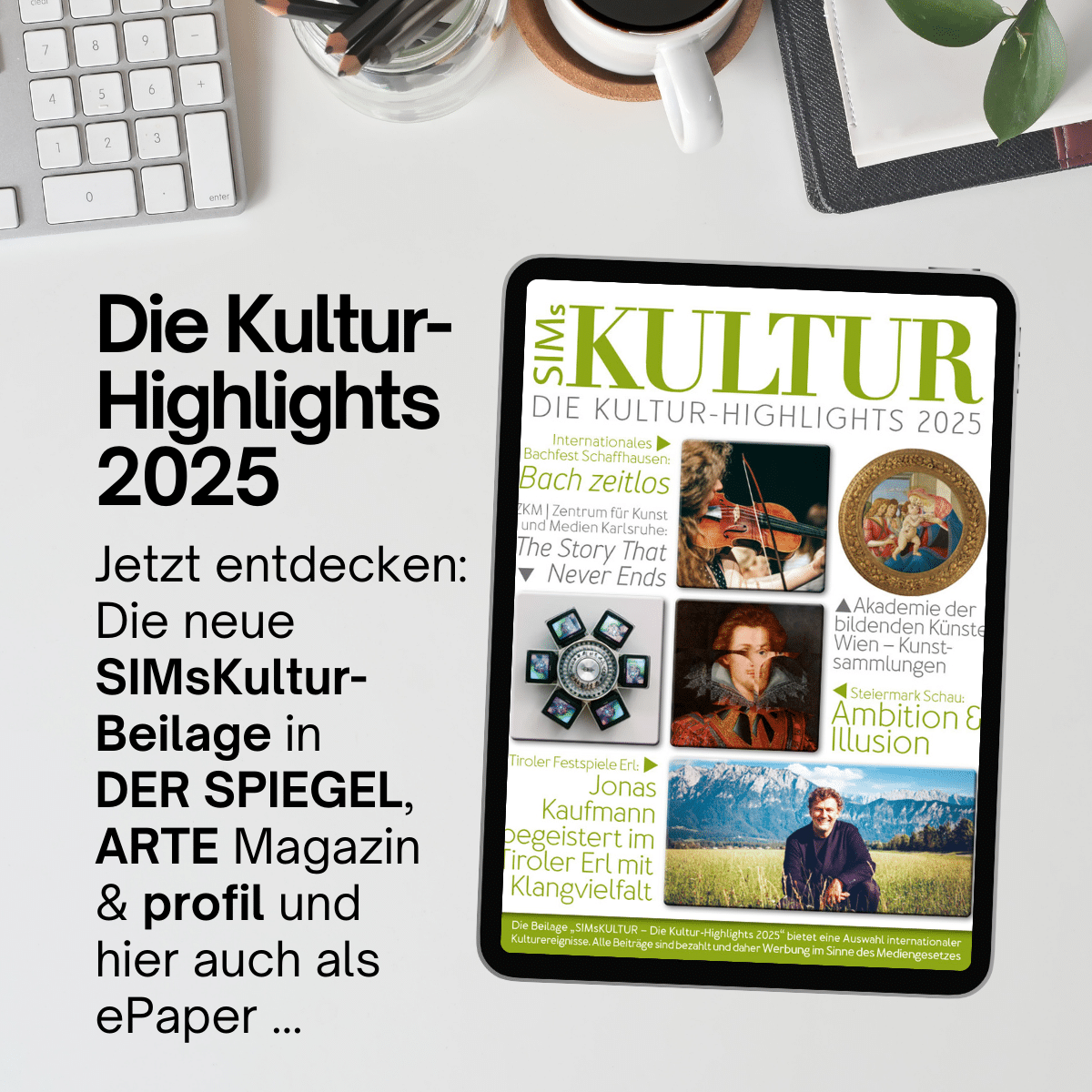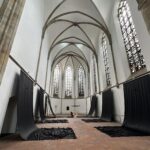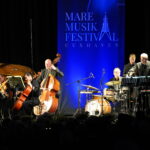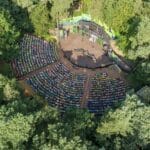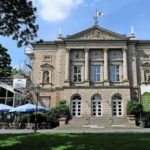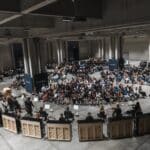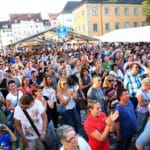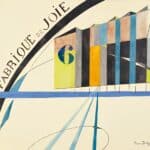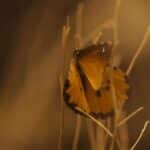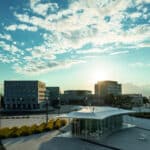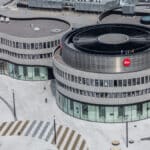The painter and sculptor Otto Freundlich formulated the idea of a road of sculptures from Paris to Moscow in Paris in 1928. The capital of art and the capital of revolution were to be connected. The idea was not realized, but forgotten. In the 1970s, the sculptor Leo Kornbrust revived the idea. He began the first section in St. Wendel/Saar, which now has over 50 sculptures. There are three sections of the sculpture trail in Lower Saxony: in Salzgitter, Lamspringe and Braunschweig.
The character of a city is evidenced by its cultural activities and the signs it gives its citizens. Salzgitter is a city that lives with nature and landscape like no other. Urban surroundings and fields, forests and meadows together form the living space. At the same time, the industrial structures of ore mining and smelting have shaped the region and its people. Together with the artists and Salzgitter AG, the plan was realized to erect nine sculptures on the southern edge of the city on this section of the international sculpture trail, which are in dialogue with the landscape and the technology. This is a symbolic realization of what has long been a reality in economic life. A European idea is being turned into a new landmark for the city by international artists.
Jean Ipoustéguy: Sun, Moon and Sky, 1999
is a unique sculpture in Ipoustéguy's oeuvre: no other is so reduced: The path of the sun and the moon run through a mountain. But the mountain is also a roof, perhaps even just a triangle. The stars have a path of light and a path of shadow, but it is only a path that darkens in the shadow of the mountain and rises again into the new light. A symbolic and mythical understanding of the world. At the end of the second Christian millennium, a great artist returns to the ideas of early advanced civilizations.
Menashe Kadishman "The Kiss", 1999
like all of Kadishman's steel works, was created directly from the drawing.
The birds, kissing lightly and floating in the air, making us forget the monumental weight of the material, are a symbol of peace, reconciliation and love for the artist.
Kadishman the man is cheerful and fun-loving, the artist skeptical and thoughtful. With each work, Kadishman explores the coexistence of man and nature. "Nature," he says. "doesn't think, but man does. Nature has four seasons, man has five. The fifth season is your feeling." Kadishman's thoughts are simple. They go straight to the heart of things and give people and the artist peace and humility.
Leo Lornbrust Cube open, 2000
Leo Kornbrust deals with basic geometric forms such as spheres and cubes, investigating the possibilities of their transformation into other geometric forms by dividing, dismantling and reassembling them. The geometric vocabulary of forms, which arose solely from the imagination, from the human mind, forms the greatest possible contrast to the organic forms derived from nature. Leo Kornbrust's artistic work unfolds in the field of tension between these two poles.
James Reineking, Glacier, 2000
For James Reineking, steel is not a hard material, but very much alive. Steel has a life, it changes, is sensitive, takes on the environment and gives it back by rusting. Steel is a very original material and at the same time a material of the 20th century. Steel is a material that needs little. It can be bent and retains its shape, it has a memory of itself. You can deform it and it doesn't really need any protection. It is very stable and on the other hand it is not unstable but it can be deformed. When you see steel, you don't even ask what it is; you know immediately and can tell straight away whether it is hollow or solid.
Gerd Winner, Jacob's Ladder, 2000
Now Jacob departed from Beersheba and traveled to Haran 11 and came to a place where he stayed overnight, for the sun had set. And he took a stone from the place and put it at his head and lay down to sleep in the place. 12And he dreamed, and behold, a ladder stood on the earth with its top touching the sky, and behold, the angels of God were ascending and descending on it; 13and the LORD stood above it and said: I am the LORD God of Abraham your father and the God of Isaac; I will give you and your seed the land on which you lie. 14And thy seed shall be as the dust of the earth, and thou shalt be spread abroad toward the west, and toward the east, and toward the north, and toward the south: and in thee and in thy seed shall all the families of the earth be blessed. 15 And behold, I am with you and will keep you wherever you go, and I will bring you back to this land. For I will not leave you until I have done all that I have spoken to you...
Hiromi Akiyama, Shadow Dimension, 2002
"The shadow of the third dimension is two-dimensional. Thought of in this way, the third dimension corresponds to the shadow of the fourth dimension.
Franz Bernhard, Head Salt Grid, 2002
Franz Bernhard works with an almost geometrizing vocabulary of forms that is only partially related to the material and its specifications. In addition to the above-mentioned movement, the abrasion and tilting of the form, the viewer also perceives the naturalness through the vitality of the sculptural materials used. Bernhard deliberately uses unadorned craftsmanship techniques, i.e. the traces of forging and rasping are not blurred or erased. Franz Bernhard treats the material in a way that leaves it unprotected and thus exposed to both man and nature.
Alf Lechner, Up Down Up, 2005/2006
A sculpture is an object that combines the power of nature and the product of the human mind.
Ulrich Rückriem, Opus Magnum
Ulrich Rückriem Sculptures exist in the real world because, like all real sculptures, they have a material reality; and yet the question arises: what kind of reality is their reality? And, more importantly, what access does the artist allow to the reality he has chosen for his sculpture?
The result is a work in which nothing is left to chance, an object that has a form and a surface, that is surrounded by the same atmosphere as the objects of nature, on which the same lights and the same shadows fall, that takes its place in the world of everyday life.
Rückriem's works play an important role in the liberation of contemporary sculpture from this old tyranny, the intellectual and visual expectations of an expression that would actually be more suited to a literary genre. His sculptures exist according to their own rules, they do not imitate anything.

